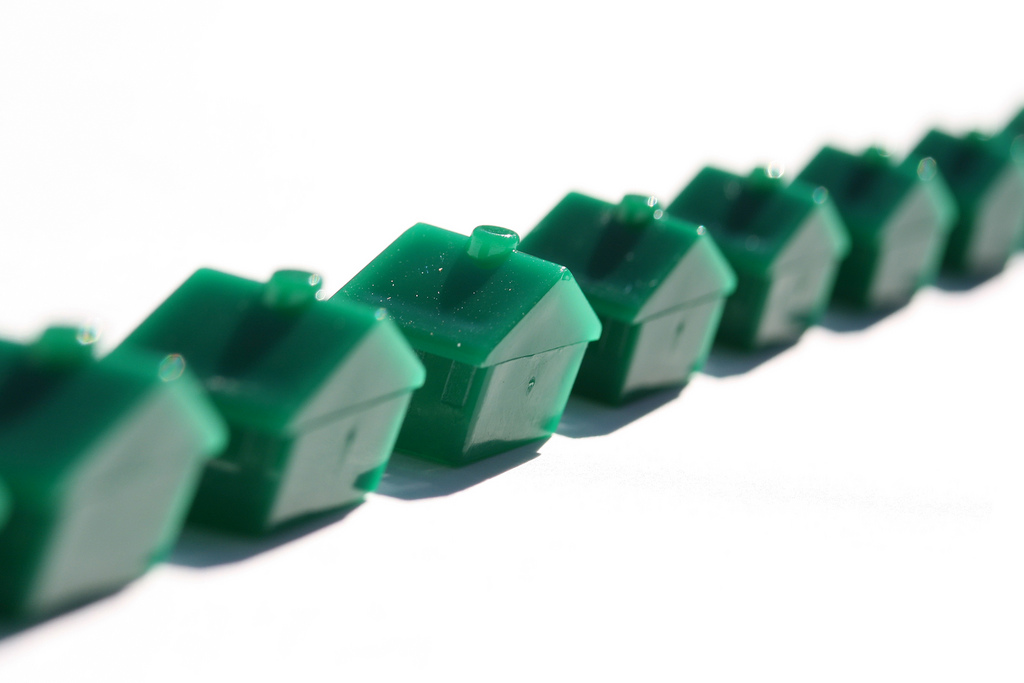Sales of Bay Area homes appear set to decline in the coming year due to a pair of all-too-familiar culprits: inventory constraints and low affordability. The better news for hopeful homebuyers who are playing the waiting game is that price appreciation is expected to remain moderate and interest rates should remain favorable.
That’s according to the California Association of Realtors’ 2017 housing market forecast, which projects that single-family home sales volume in the nine-county Bay Area will decline by 5.6 percent in 2017 after dropping by 6.4 percent this year. Statewide, the outlook calls for a modest 1.4 percent gain in home sales next year.
In a statement accompanying the report, CAR President Pat “Ziggy” Zicarelli said that he expects diminishing affordability to play a role in California real estate market trends, as buyers seek out less expensive communities farther from the coast.
“The market will experience regional differences, with more affordable areas, such as the Inland Empire and Central Valley, outperforming the urban coastal centers, where high home prices and a limited availability of homes on the market will hamper sales,” he said. “As a result, the Southern California and Central Valley regions will see moderate sales increases, while the San Francisco Bay Area will experience a decline as home buyers migrate to peripheral cities with more affordable options.”
CAR predicts that the Bay Area’s median sales price will increase by 6.4 percent in 2017 to $833,600 — nearly identical to its growth prediction for this year and down from both 2014 and 2015. Still, Bay Area home price appreciation is expected to outpace statewide growth, which CAR puts at 4.3 percent, the lowest level in six years. Affordability is projected to drop, with just 29 percent of Californians able to afford the median-priced home by the end of next year.
Despite declining affordability conditions, CAR Vice President and Chief Economist Leslie Appleton-Young said that the state’s robust job market should continue to propel demand for housing. The forecast predicts 1.6 percent job growth next year compared with 2.3 percent in 2016. The state’s unemployment rate is projected to reach 5.3 percent next year, down from its current level of 5.5 percent. Although CAR forecasts that 30-year, fixed-rate mortgages will tick up to 4.0 percent in 2017, they will still be low by historical standards.
(Photo: Flickr/woodleywonderworks)

